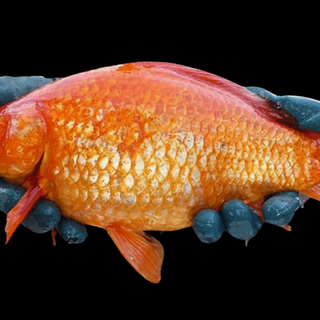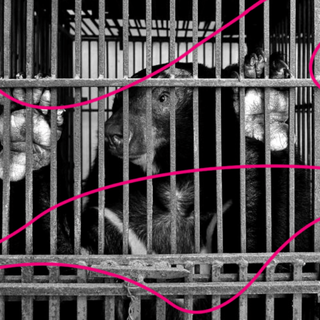For the first time ever, researchers have identified three different sexes — male, female, and a third sex — in a species of algae found in a Japanese river.
Published in Evolution this week, the research was based on the analysis of algae samples collected between 2007 and 2013 from dam lakes along Japan’s Sagami River. The algae, which contain between 32 to 64 cells, are called Pleodorina starrii and consist of three distinct sexes – the researchers have termed the third sex as “bisexual” because it can produce both male and female sex cells.
Moreover, all three sexes can breed in pairs with each other. Researchers believe by studying the ratio of their offsprings’ sexes, they can understand the genetics of sex determination — in the algae, and other organisms.
Notably, this is the first time an algae species was found to have three sexes — while P.starrii was discovered decades ago, research on its properties was limited. Until now, only different plants and animal species were found to have three sexes.
Related on The Swaddle:
Climate Change Is Turning Antarctica’s Snow Green
“It seems very uncommon to find a species with three sexes, but in natural conditions, I think it may not be so rare,” Hisayoshi Nozaki, a biologist at the University of Tokyo, who discovered the species and co-authored the study, said in a statement.
The findings are important from an evolutionary perspective. Experts say it was an algae explosion 650 million years ago that paved the path for human and animal life to evolve on the Earth.
The researchers are also fascinated by the microscopic nature of algae, and the answers it could hold about human evolution. “Algae isn’t a very specific scientific classification. It’s an informal term for a huge collection of different eukaryotic creatures that use photosynthesis to get energy. They’re not plants, as they lack many plant features; they’re not bacteria (despite cyanobacteria sometimes being called blue-green algae); and they’re not fungi,” as ScienceAlert noted.
As such, researchers believe the answer to how living things evolved different sexes may lie in the study of algae. And, according to them, the present discovery could provide important insights into how different sex systems — like male and female — evolved in the first place.




